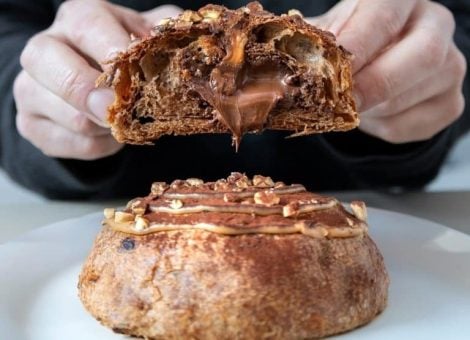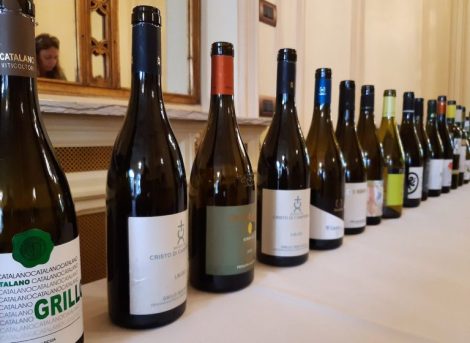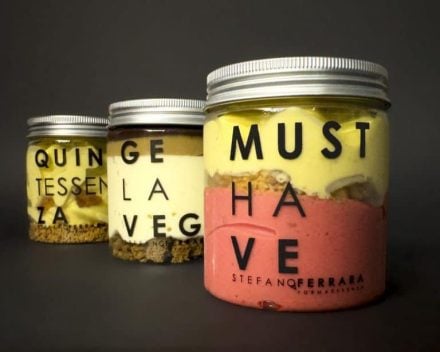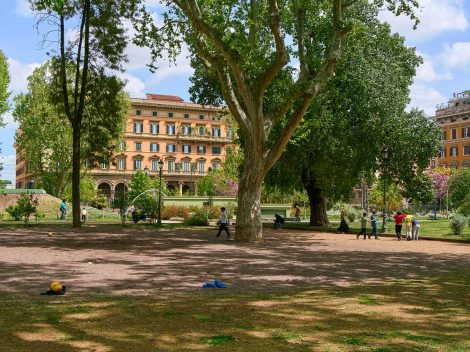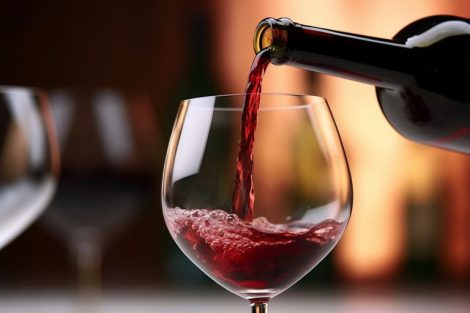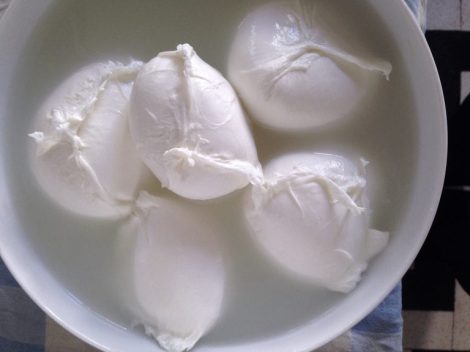History of liqueurs
Various beverages are included in the ‘liqueur’ category, but to be precise they are products based on aromatics, drinkable alcohol or spirits, in the past ubiquitous in Italian homes, prepared by hand with what the territory had to offer. In the beginning, it was the Benedictine abbeys to first create infusions using roots and plants in alcohol, bitters to be administered as medicine to stimulate appetite, for example, or to facilitate digestion. There was the famous elixir, the drug par excellence, and then the many liqueurs to fight smallpox, malaria and other infections. Therefore, these were not beverages to be enjoyed for pleasure, but out of necessity: only during the Renaissance herbalists and apothecaries began to enhance the taste of such drinks, following the arrival of spices from India and South America. At first they were elite products destined for the court of Catherine de Medici, then from the mid-19th century bitters and liqueurs became the symbolic drinks of aristocratic parlors.
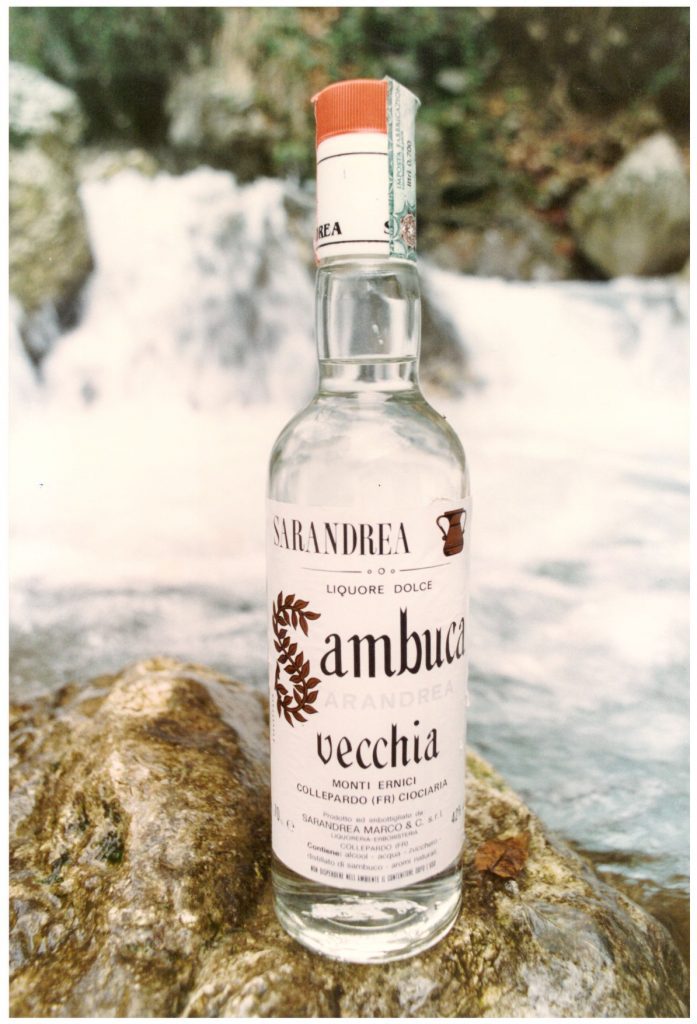
Herbal liqueurs
Today, Marco Sarandrea stands out among Italy’s niche producers. Wild herb expert and lover, it is no surprise that the distillery is located in Collepardo, in the province of Frosinone, a medieval village in the heart of the Ernici mountains, also known as ‘herb village’: "We are famous for our sambuca, one of the first to be sold in Italy, well before the advent of industrial brands". An elderflower distillate (Sambucus nigra) combined with an infusion of different species of aniseed, alcohol, fresh water from the spring of the Ernici mountains, and sugar, "a mix that creates a unique aromatic bouquet, capable of enhancing all the plants used". Sarandrea boasts a wide liqueur selection, since the wild herbs are sourced locally, "we are constantly searching for new blends. Now, for example, Italy is rediscovering its centuries-old tradition of bitters. We have San Marco, a herbal liqueur born in the '20s to enhance the benefits of local plants".
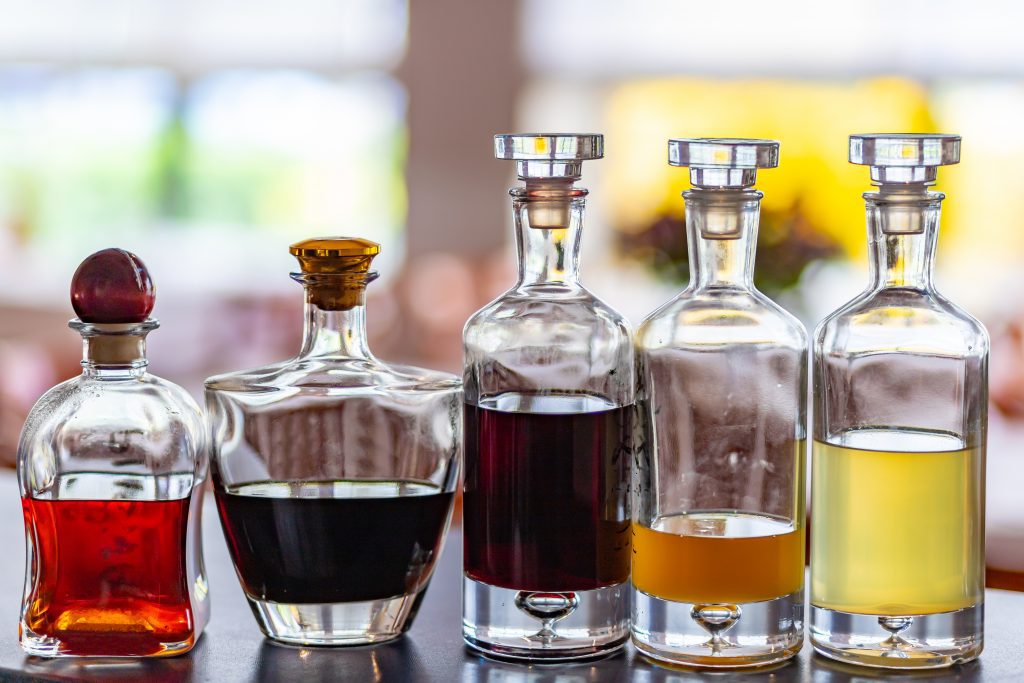
Follow these three steps for a good homemade herbal liqueur:
- Choose the wild herbs and allow them to steep in 95% alcohol for at least 3 days in a dark and cool place;
- Strain through gauze and dilute with syrup boiled for 6 minutes from complete sugar dissolving;
- Allow to cool, then pour into bottles and seal.
by Michela Becchi
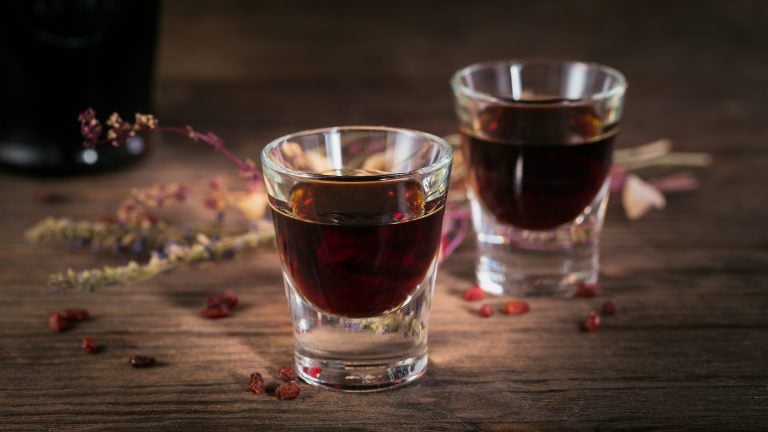
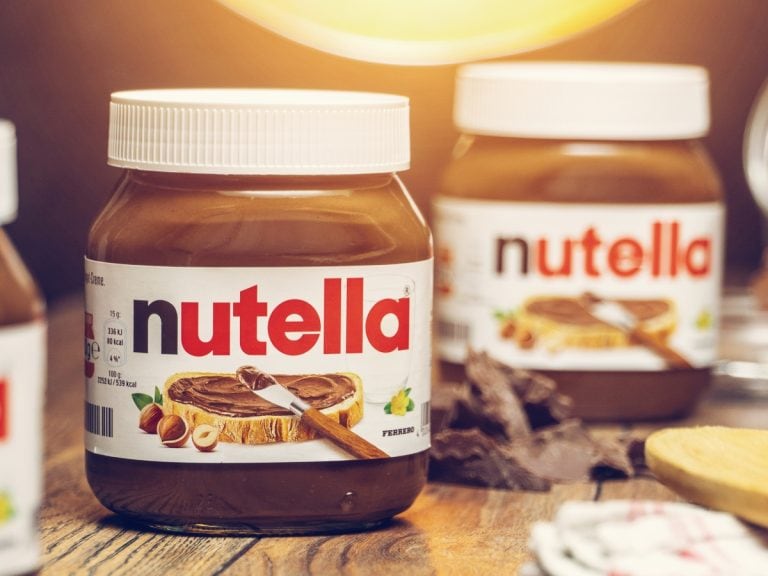 This is how the name Nutella was born: the story by Maria Franca Fissolo Ferrero, wife of the inventor
This is how the name Nutella was born: the story by Maria Franca Fissolo Ferrero, wife of the inventor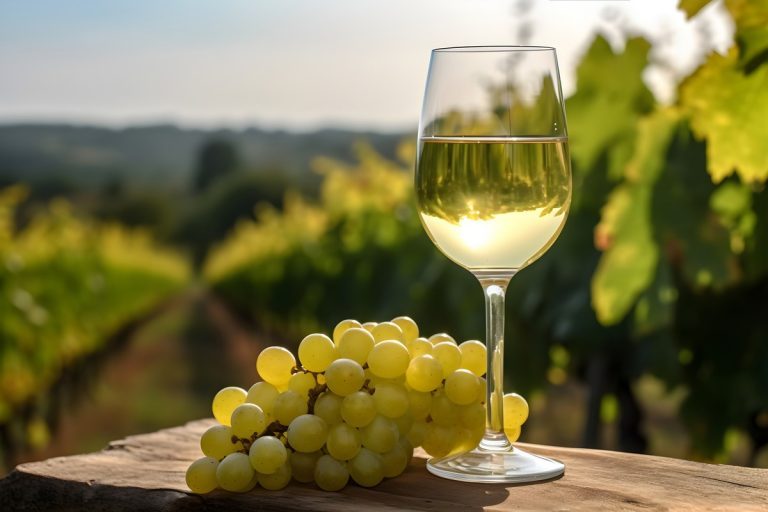 A Riesling from Oltrepò Pavese is the best quality-price ratio wine in Lombardy according to Gambero Rosso
A Riesling from Oltrepò Pavese is the best quality-price ratio wine in Lombardy according to Gambero Rosso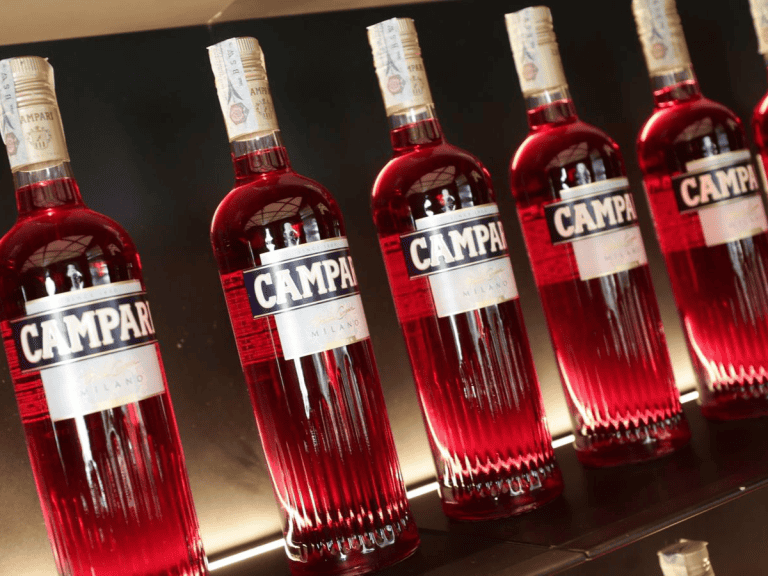 "The Campari recipe? It's a secret, only five people know it." Journey into the factory of the world's most famous red
"The Campari recipe? It's a secret, only five people know it." Journey into the factory of the world's most famous red 57 million bikers on vacation on farms, the Cycling Federation and Agriturist focus on cycle tourism
57 million bikers on vacation on farms, the Cycling Federation and Agriturist focus on cycle tourism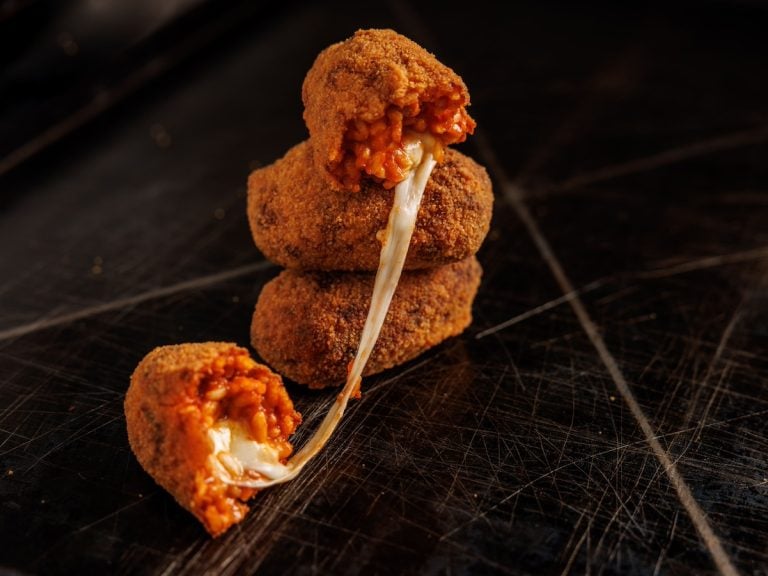 A new era for Casa del Supplì: opens a new location and considers franchising
A new era for Casa del Supplì: opens a new location and considers franchising